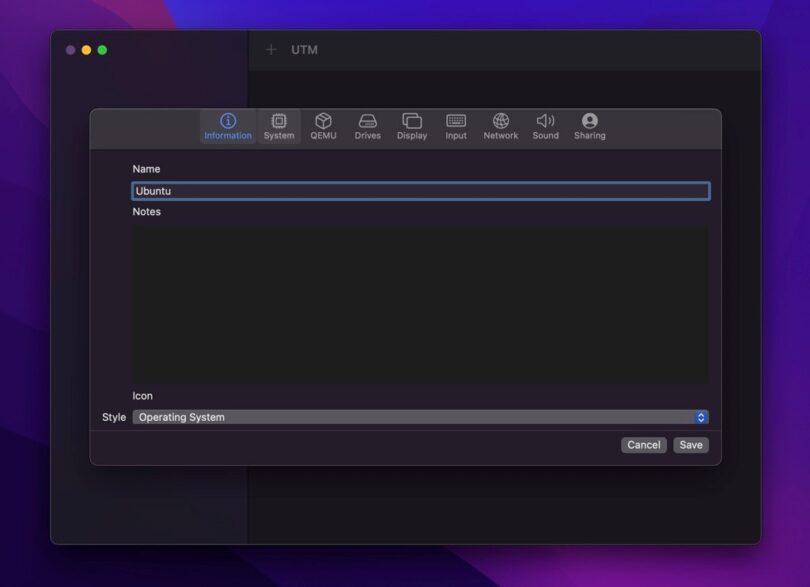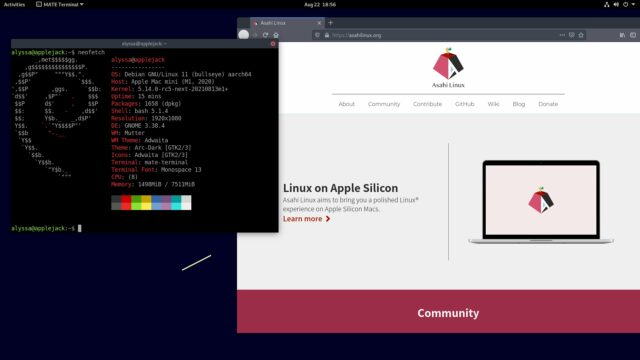

UTM is free and open-source, but the paid version in the Mac App Store provides automatic updates and helps support development.

Under its skin is QEMU, a very old but still very good tool. UTM is another virtualization tool worth looking at, and it offers something the others currently do not. The icing on the cake is the Coherence mode, allowing you to run Linux apps outside the main Parallels window, almost as if they were native Apple Silicon Mac apps. Again, you'll be requiring Linux distros with ARM builds, but Parallels makes it super simple to download and install them. You're looking at $100 for a perpetual license, but it works really well and it's easy to use.

Alternatively, using the Virtualization Framework are more consumer-friendly tools from the likes of Parallels, UTM, and VMWare.Īlternatively, you can go for Parallels, but this one will cost you, and it isn't cheap. But some of the biggest names are available for ARM, including Ubuntu and Debian. The caveat remains that you have to use an ARM-friendly Linux distribution (or "distro"), so that could rule out your favorite.


 0 kommentar(er)
0 kommentar(er)
